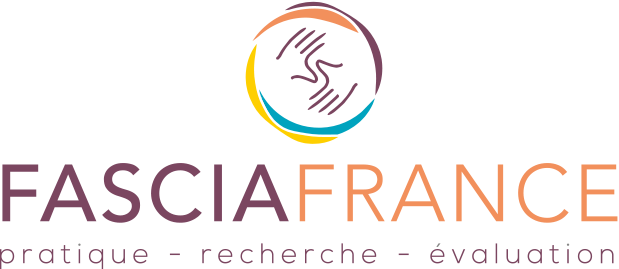Cyril Dupuis
Poster présenté au World Congress of Physical Therapy (Singapour 2015) dont le résumé a été publié dans la revue Physiotherapy , Volume 101, e336 – e337.
Background:
Fibromyalgia is a chronic pain syndrome, medically unexplained, characterised by widespread pain linked to sleeping problems, and chronic fatigue. It affects 2% of the population. Fasciatherapy is a manual therapy. By its action on fasciae, it improves the self-regulation capacities to relieve physical pain and mental tensions. A patient-centered therapy, fasciatherapy unites a therapeutic and an educational approach, empowering patients to look after their own health.
Purpose:
To evaluate and understand the effects of fasciatherapy on patients suffering from fibromyalgia.
Methods:
Population: 6 people took part in the research. All were diagnosed with fibromyalgia by a specialist and had fasciatherapy treatment for more than 9 months. First phase, quantitative: the 6 participants assessed their pain on a visual analog scale (VAS) before, just after, one hour after and one day after the treatment. The analysis was statistical. Second phase, qualitative: the 3 participants with no significant change in the first phase had a recorded guided research interview, exploring the different components of the pain. The analysis was a classification of responses, a creation of a phenomenological framework and an interpretation of the data.
Results:
Quantitative results: Despite a large variability in the pain, it was possible to observe an improvement in the pain for 3 participants after a fasciatherapy treatment. Quantitative results: – Fasciatherapy alleviated the pain during the session. This relief was described by patients as very important to improve the relationship with their body, and assess their lifestyle. – All participants mentioned the effectiveness of touch during crisis periods. – If relaxation and relief did not seem to have an impact on objective pain (VAS measure), the subjective experience of the pain was improved for all participants. – An improvement in management of pain was reported, which allowed the participants to better schedule their activities according to their capacity at that time. This was achieved by educating the participants to fibromyalgia and soliciting them to reflect on their own experiences of the disease. – All participants noted an improvement in their sleep, either in continuity or in morning vitality.
Conclusions:
To conclude, it appears clearly that qualitative approach enriched the VAS-based results obtained. During the treatment session, a feeling of muscle and mental relaxation appeared, as well as a positive effect on the acute phases of pain. Despite a cutaneous hypersensitivity experienced by all the participants, they clearly mentioned the relevance of the fasciatherapy manual touch. This touch is seen to be respectful, soft, relaxing, pain-free, comfortable and as providing feelings of well being.
Implications:
As a manual therapy with a general impact on relieving pain and improving sleep, fasciatherapy seems to be helpful for people suffering from fibromyalgia. The pertinence of its touch is important for the care community who use touch on people suffering from fibromyalgia.
Lien vers le journal du congrès Singapour 2015 : https://issuu.com/wcpt/docs/congressnews-issue2

